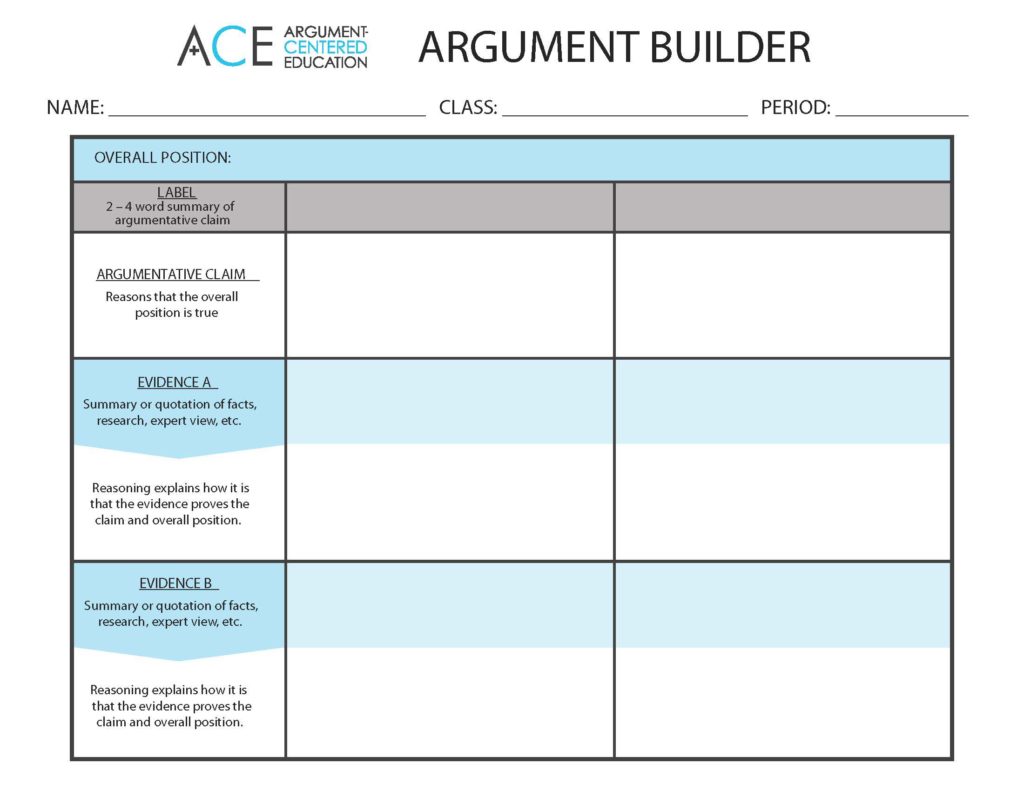
Argument-Based Small-Group Discussions and the Young Adult Novel ‘The Goats’
This is an argument-centered adaptation and iteration of the small group discussions strategy, designed for a middle school English language arts unit on the award-winning young adult novel “The Goats,” written by Brock Cole in 1987.
Overview
Our students can often best make meaning from an extended text through discussions with their peers. Through the social engagement of these discussions, middle and high school students can clarify, organize, and deepen their thinking about a literary work, and become closer in their relationship to the text and to the act of reading, analyzing, and interpreting literature.
Argumentalizing these small-group discussions can enhance their academic impact, and at the same time give students a more vigorous cognitive and communicative experience using this fundamental classroom routine. We can argumentalize small-group discussions in several familiar ways.
1. We establish debatable issues, which focus student interpretive work on some of the most fundamental questions raised and pondered in the work.
2. We ask students to prepare for discussions by thinking through their interpretive positions and building arguments that they can use in advancing their views through the discussion.
3. We structure conversations so that there will be a clash of ideas and so that students will be queued to think critically about views that differ from their own, and to think reflectively about the support and backing that their interpretations have.
The debatable issues for this project on “The Goats” are:
Was Laura and Howie’s excursion a learning experience that was justifiable by the circumstances they were in, or was it an immature and foolish series of actions for which they should both be punished?
Is the world that Laura and Howie encounter more dangerous and malevolent or more caring, supportive, and worth exploring?
If you were forced to choose, what two words would you use to describe Laura? What two words would you use to describe Howie?
Is it more likely that, after the end of the story in the novel, Laura and Howie remain close friends (or even a couple) for many years, or that their friendship is short-term?
Method and Procedure
(1)
Students will work in pairs. Each team (pair) of students will be matched up against another pair – so groups of four.
(2)
The teacher will read aloud the four debatable issues for this project, define any challenging vocabulary, and check for understanding of each question.
(3)
Each group will discuss the four debatable issues. They will determine which side (or, in the case of the “character traits” question, which traits) each team will take in the argument-based discussions to come. If both teams want to take the same side on an issue, they should determine the sides randomly (e.g., flip of a coin) or by trading off between issues (one team gets to choose their side on one issue, the other team chooses their side on another issue).
(4)
Teams should then build two arguments to support their position on each of the four issues – so eight arguments in total. They should use a single argument builder (with space for two arguments) for each issue.

(5)
When teams have had ample time to complete their argument builders, they should turn them in for formative assessment and feedback. They then should be given an opportunity to revise their argument builders.
(6)
For the actual argument-based discussions, the teacher should moderate by announcing that each will be take 15 minutes. The teacher will keep the time. After the first two argument-based discussions, the teacher should give feedback to the class, identifying what they are doing well (what is “glowing”) and where they should work to improve (what should be “growing”).
(7)
The discussions themselves should begin with each side stating its arguments for its position. Then the discussion can proceed open-endedly, with both sides trying to address the arguments of the other side and to defend the arguments they presented initially. It is also perfectly acceptable for a side to recognize the strength of the arguments of the other side, and even to change their position.
(8)
Each team should keep a set of notes on the discussion and turn those in at the end of the activity.
(9)
The teacher should conclude the discussions with sharing out of the strongest arguments and responses from each group.
(10)
Assessment can be done with the teacher circulating through the discussions and giving students a speaking and listening grade. Students can also be assessed on their prepared arguments and their notes during discussion.


